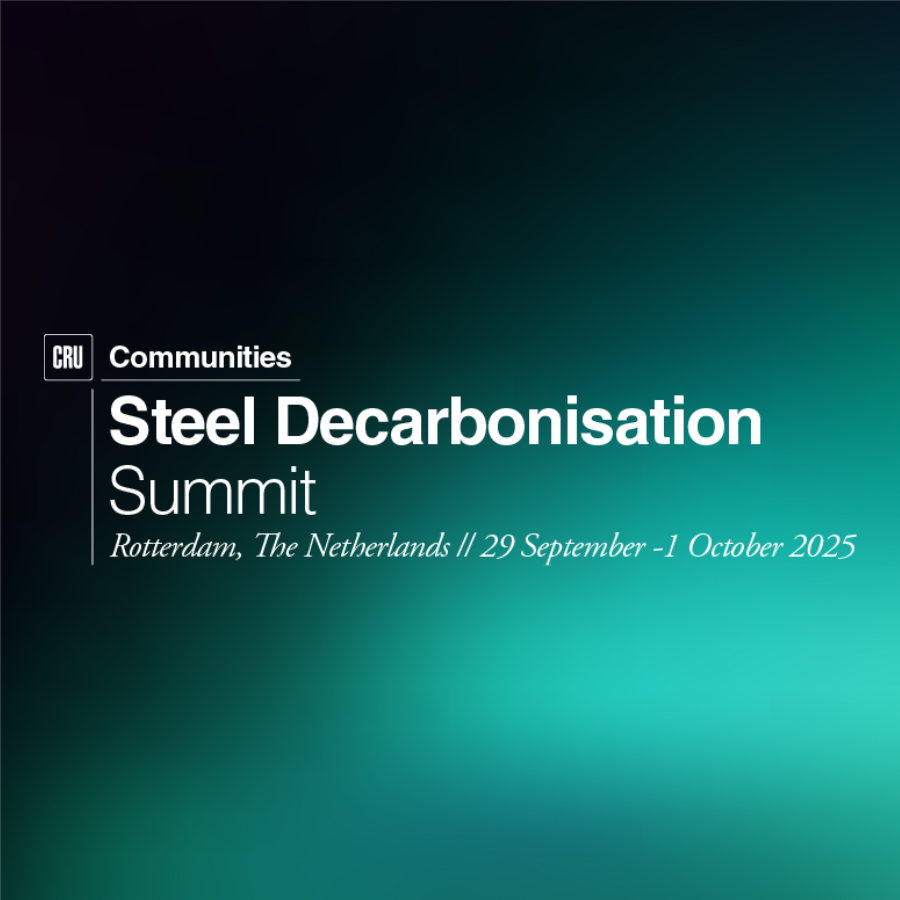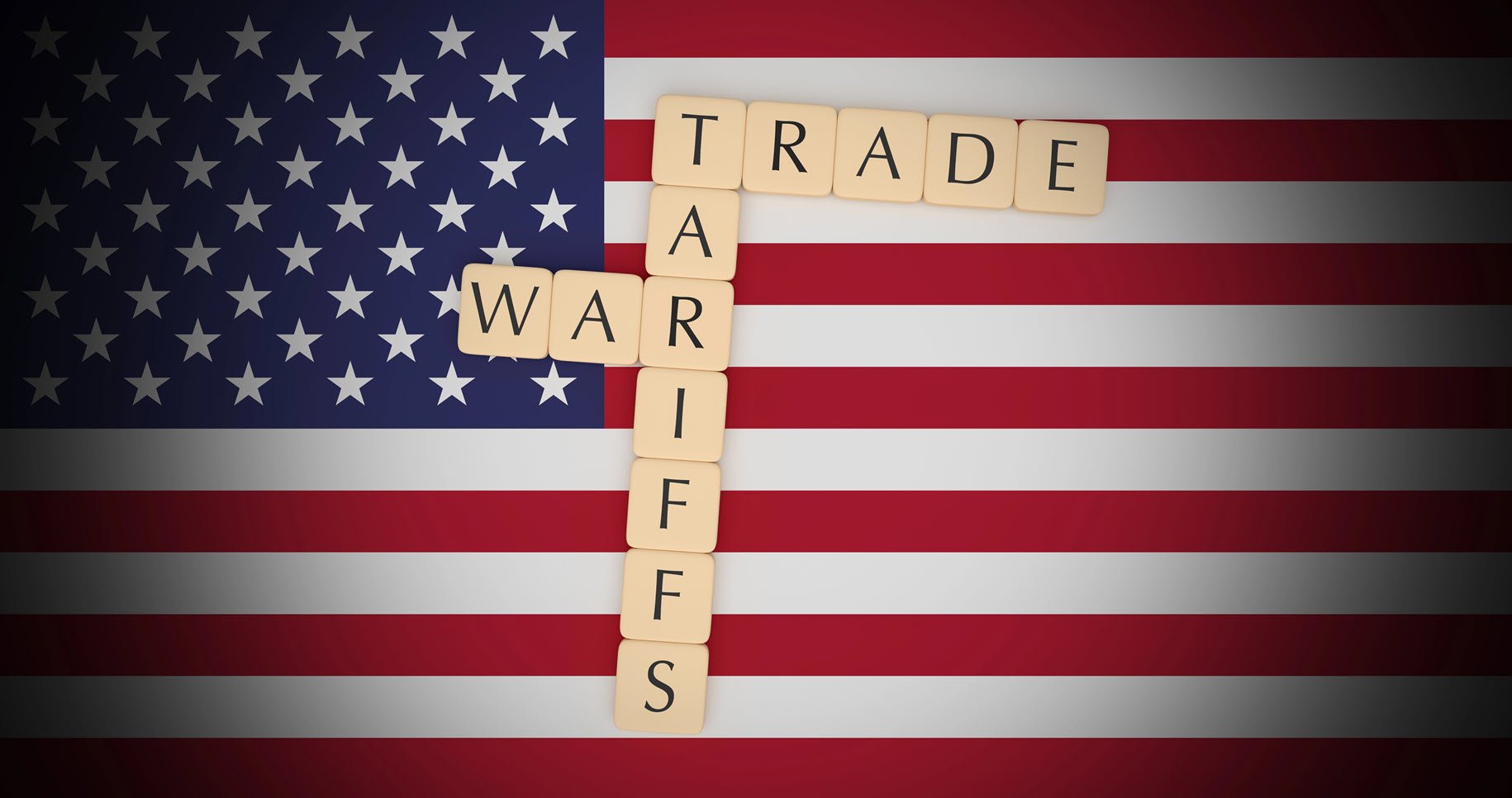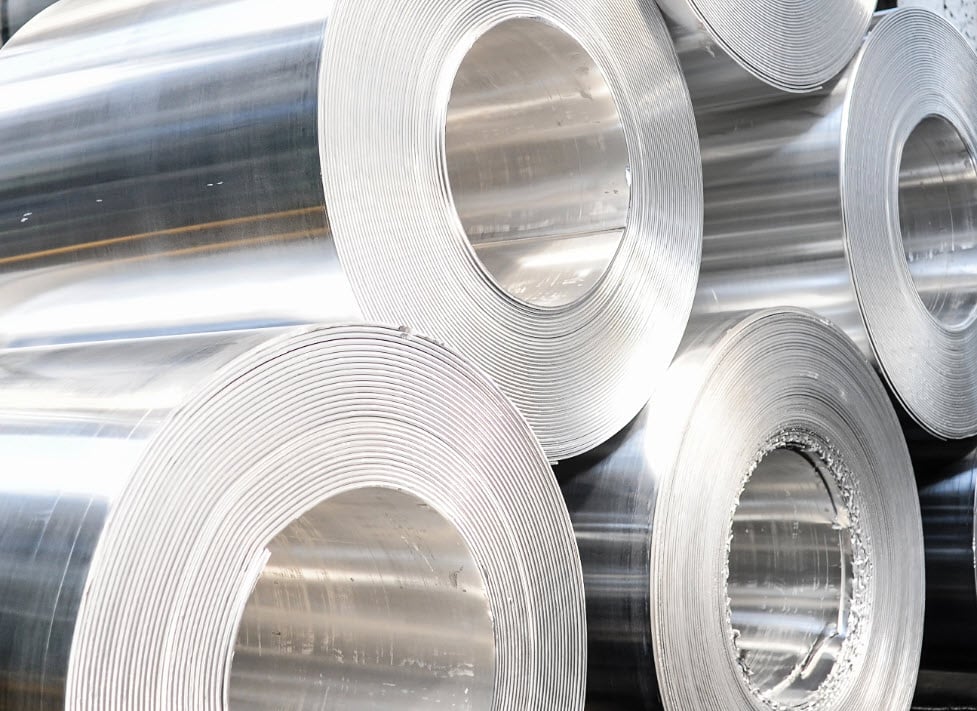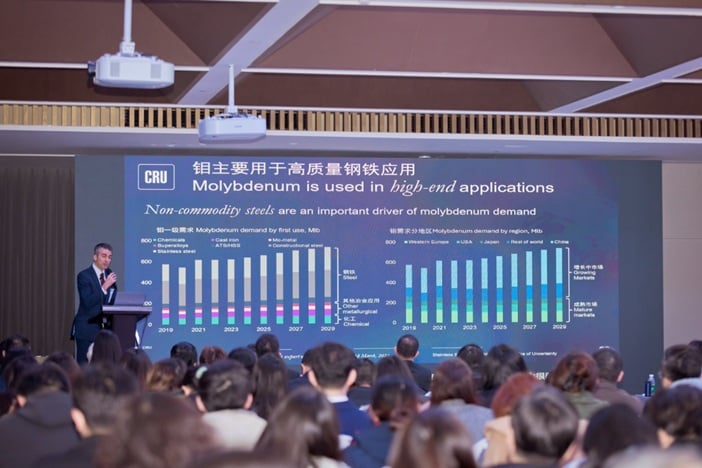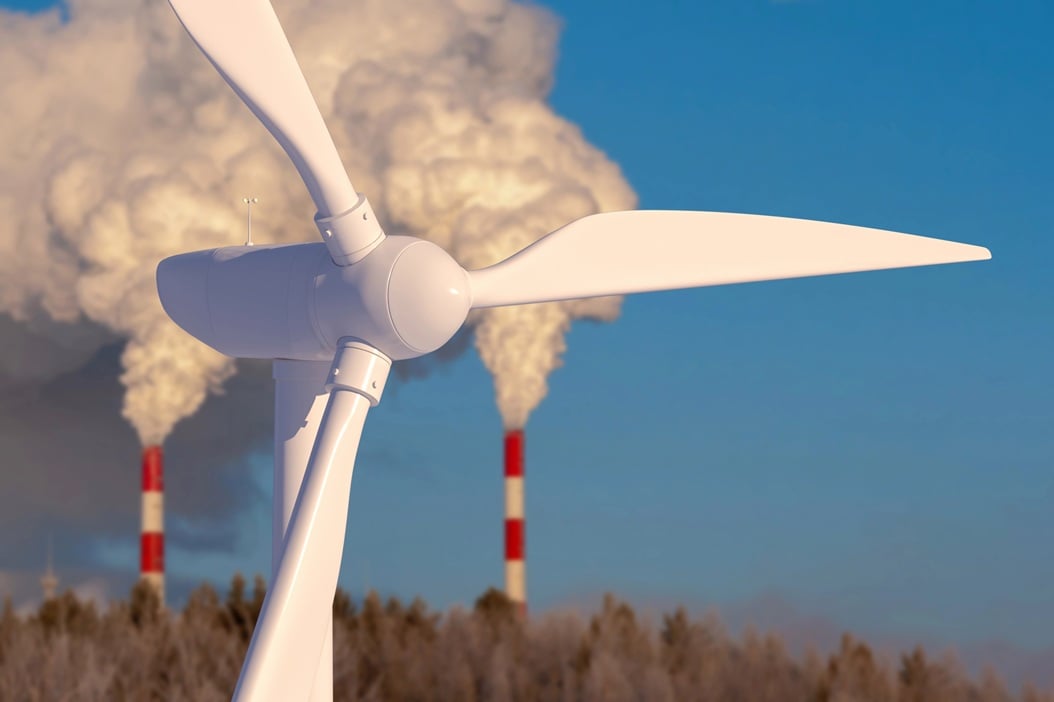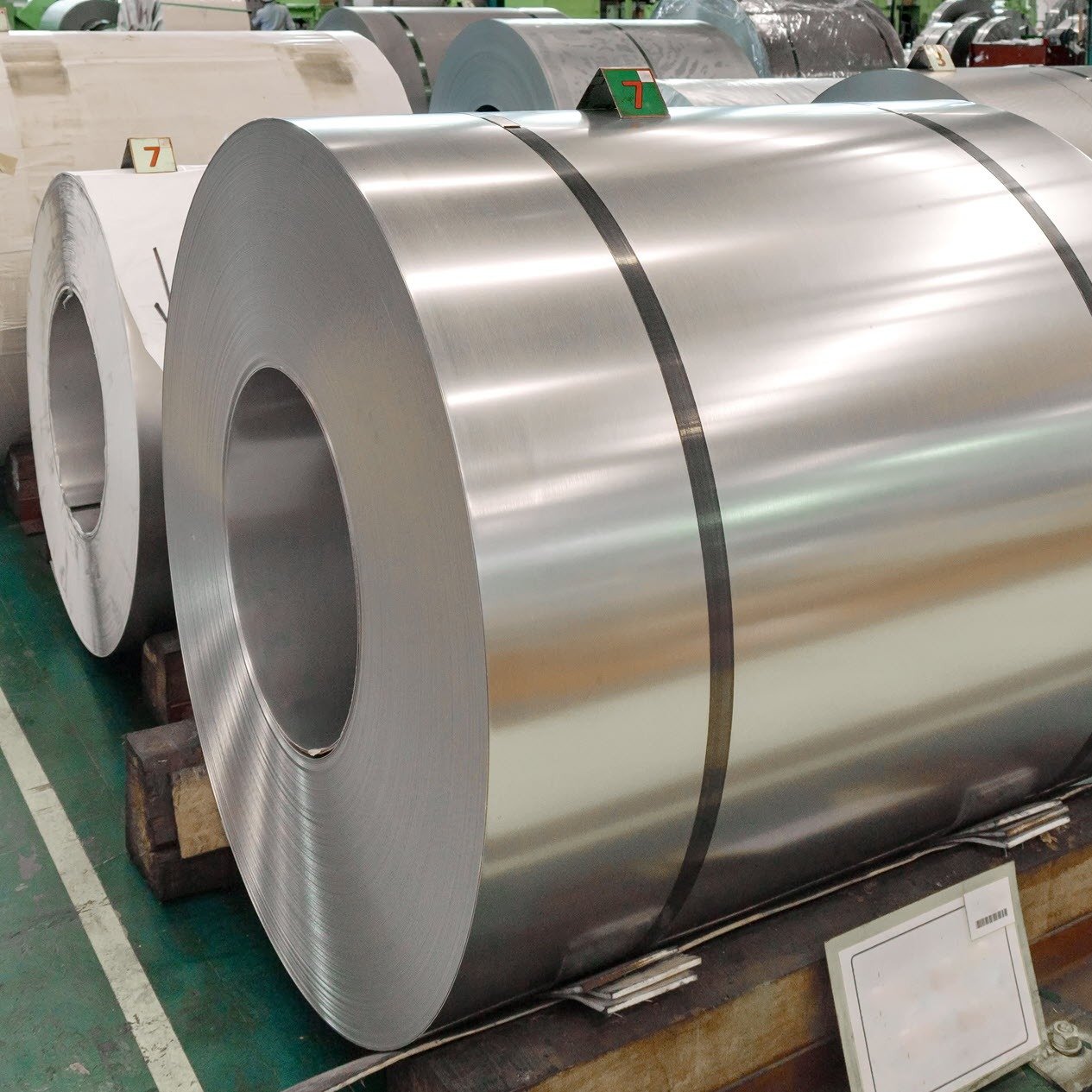CRU’s stainless steel top calls for 2025 have been shaped by the impacts of new capacity, the need to secure raw materials at a competitive cost, and ongoing structural developments in supply chains and downstream sectors. Economic and geopolitical factors will continue to pose risks, potentially undermining demand and strengthening the regionalisation narrative.
Our base case forecasts for 2025 suggest more balanced stainless steel production growth across regions relative to 2024. While China’s stainless steel output growth is set to decelerate, output in key producing regions elsewhere is likely to recover to the extent geopolitics and the economic cycle allow.
We expect new stainless steel capacity to weigh on existing mills’ competitive position and to intensify consolidation pressures worldwide. Against this backdrop, European mills will see NPI imports as a lever to keep nickel unit costs (including stainless steel scrap) competitive. In chrome, with more cost-competitive smelting capacity onstream in China, higher-cost South African FeCr production will decline, and integrated operations will opt to increase ore exports instead.
Demand for molybdenum will remain strong in China as the country further rebalances towards more advanced steel grades but will be undermined by a weaker-than-previously-expected ICE sector in Europe, and the broader global transition to BEVs that are less molybdenum-intensive than ICEs.
Global IP growth has underperformed that of GDP for the last two years but is expected to strengthen in 2025. IP growth is set to broaden out from China, partly due to a downswing in the interest rate cycle. Nevertheless, downside risks remain, with potentially more restrictive trade policies undermining global trade flows. There is also uncertainty around the post-pandemic ‘new normal’ in terms of how consumer spending is split between durables, non-durable goods, and services.
As more production capacity continues to be brought online, many producers have come under pressure from excessive supply. In China, numerous players are now facing serious financial difficulties, struggling to compete with larger players that benefit from lower costs and higher vertical integration. In 2025, the factors leading to industry consolidation will intensify. Consolidation pressures will not be limited to China but will affect other regions as well.
Supported by increasing exports, we saw another year of strong Chinese stainless steel output in 2024. As domestic demand from end-use sectors improves, the momentum in stainless steel production will likely sustain. However, due to rising trade barriers and protectionism, we anticipate the growth in production will likely slow in 2025 – but will still be strong in volume terms. An upside risk is potentially greater government stimulus measures in face of higher trade tariffs in the USA.
We expect nickel pig iron to continue flowing to Europe during 2025 in order to support a recovery in European stainless steel output. Market players do not see scrap and FeNi supply able to respond to increasing demand in 2025 and thus, NPI will be needed to fill the gap. In 2024, a tight scrap market and resulting higher prices made it attractive for some European stainless mills to import NPI. The presence of NPI in Europe will also help to dampen any upward pressure on stainless scrap prices.
We expect South African ferrochrome production to continue falling in 2025 as European stainless production recovery stalls and China moves closer to self-sufficiency for ferrochrome. Integrated operations in South Africa will continue to see more profitability in selling chrome ore to China rather than trying to find a market for ferrochrome, particularly as smelting costs in South Africa will continue to rise, driven by higher power tariffs.
European molybdenum demand will be hit most by a weaker automotive sector. We have downgraded our 2025 forecasts for European LDV ICE production by 10%, given cost-cutting measures announced by major automotive players. Intensity of molybdenum consumption in automotive units will also decline, given growing production of BEVs which use less molybdenum than comparable ICEs. When combined, these effects pose a significant downside risk to molybdenum demand in 2025.




